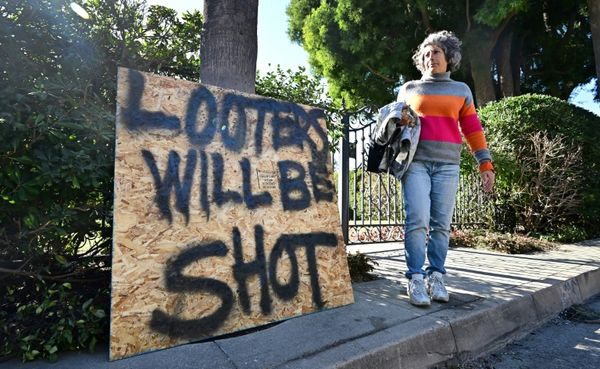Robert Smith gets to enjoy some of the best views in Tasmania.
He has been an engine driver on the West Coast Wilderness Railway for 16 years, and his family's connection to the railway spans generations.
"My father worked on the original line as a track layer, then me and my son came along and ended up as engine drivers," he said.
During the almost-35 kilometre trip from Queenstown to Strahan, Mr Smith often marvels at the remarkable feat of engineering.
The tracks were built in 1899 to transport copper out of the wilderness.
The trains pass through steep sections, over old timber bridges, and use a rack and pinion system — the only one in the southern hemisphere.
"You are always thinking about [the history], especially when you look at the workmanship," Mr Smith said.
Now, there's a push to have the railway heritage listed, to ensure the train continues for years to come.
Maintenance costs ongoing
The railway reopened in 2002 as a tourist railway, but it is not a cheap exercise to keep the trains on the track.
One of the steam trains is 125 years old.
The cost of maintaining the railway was part of the reason its previous owner, Federal Group, pulled out of its contract in 2013.
For two years, the train did not complete a full trip from Queenstown to Strahan.
Neil Halliday is the railway's rail division manager and said maintaining the trains was a dying art.
"That's due to their age and changes in technology — maintenance is ongoing, every single day," he said.
Repairs are also constantly done on the tracks.
"We have 40 bridges, too — a mix of timber and steel — so that's another thing you have challenges with. Timber bridges are another thing that is dying in history," he said.
"It's always hard to try and plan for the future because of the environment the railway works in.
Railway relies on funding
The railway hopes to be self-sufficient within a decade, but in the meantime still relies on state government funding.
It is in its third year of a four-year $16 million funding agreement.
Reservations manager Ashlea Robson said she hoped heritage listing would allow the railway to plan for the future, while also paving the way for federal funding.
"A lot of [the maintenance needs] are huge projects, they take years to complete, and having the funding available for four years isn't long enough," Ms Robson said.
It is also a priority for local business owners.
Strahan accommodation owner and Destination West Coast vice-president Anne McKay, said knowing the railway would be around for years to come would allow her to invest in her business.
"We have seen it go off the run previously and it's so important to not just the tourism industry, but the community as well," she said.
"It's such a part of our history and just as a resident of Strahan it would be devastating [if it stopped again], it would leave such a hole."







